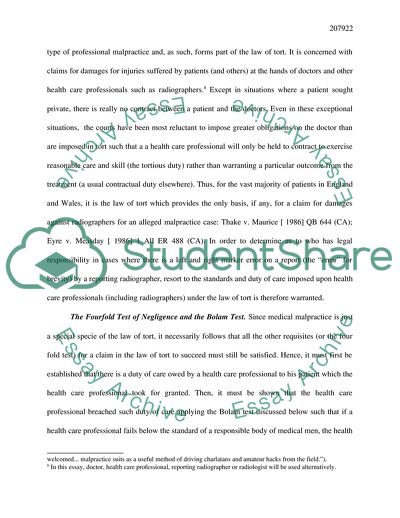Cite this document
(Left and Right Marker Error by a Reporting Radiographer: Whose Legal Case Study, n.d.)
Left and Right Marker Error by a Reporting Radiographer: Whose Legal Case Study. Retrieved from https://studentshare.org/law/1712151-discuss-the-implications-of-a-left-and-right-error-made-on-a-report-by-a-reporting-radiographer-in-the-uk
Left and Right Marker Error by a Reporting Radiographer: Whose Legal Case Study. Retrieved from https://studentshare.org/law/1712151-discuss-the-implications-of-a-left-and-right-error-made-on-a-report-by-a-reporting-radiographer-in-the-uk
(Left and Right Marker Error by a Reporting Radiographer: Whose Legal Case Study)
Left and Right Marker Error by a Reporting Radiographer: Whose Legal Case Study. https://studentshare.org/law/1712151-discuss-the-implications-of-a-left-and-right-error-made-on-a-report-by-a-reporting-radiographer-in-the-uk.
Left and Right Marker Error by a Reporting Radiographer: Whose Legal Case Study. https://studentshare.org/law/1712151-discuss-the-implications-of-a-left-and-right-error-made-on-a-report-by-a-reporting-radiographer-in-the-uk.
“Left and Right Marker Error by a Reporting Radiographer: Whose Legal Case Study”, n.d. https://studentshare.org/law/1712151-discuss-the-implications-of-a-left-and-right-error-made-on-a-report-by-a-reporting-radiographer-in-the-uk.


